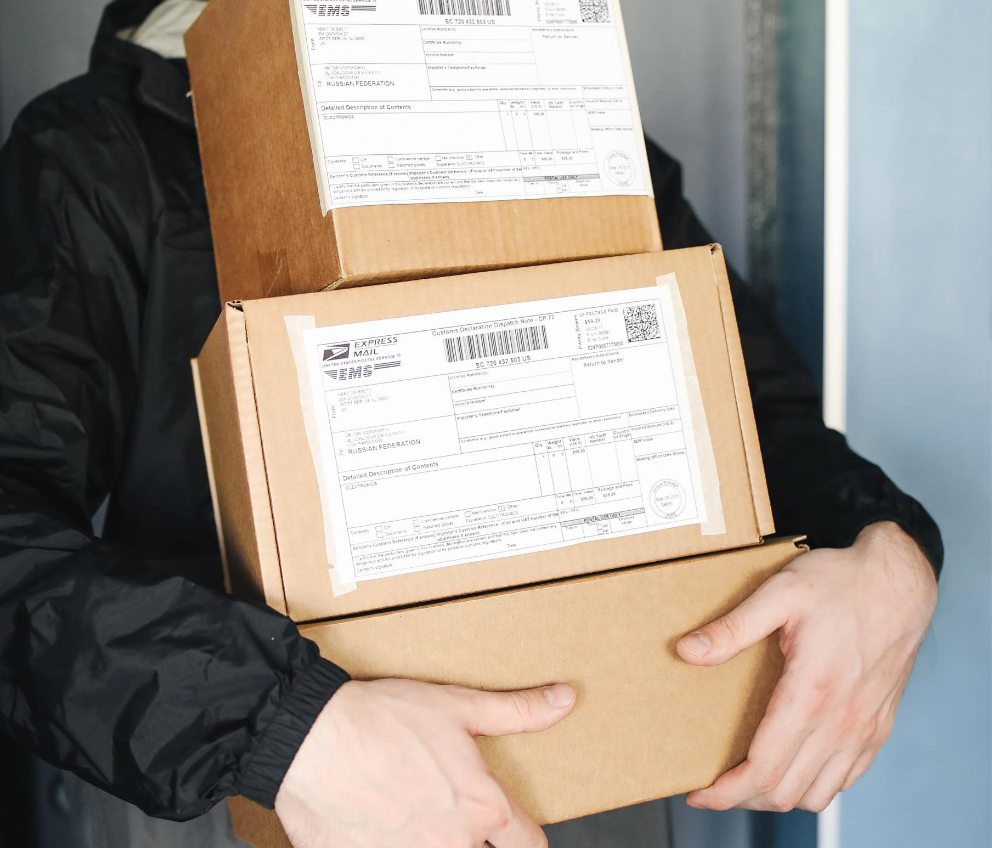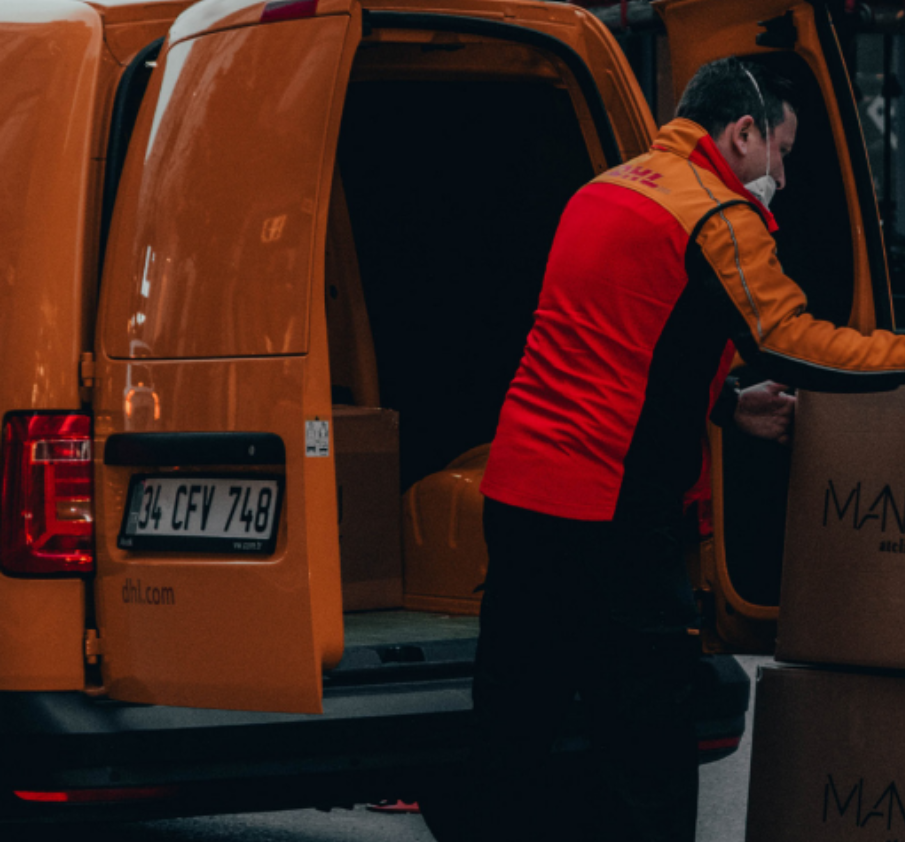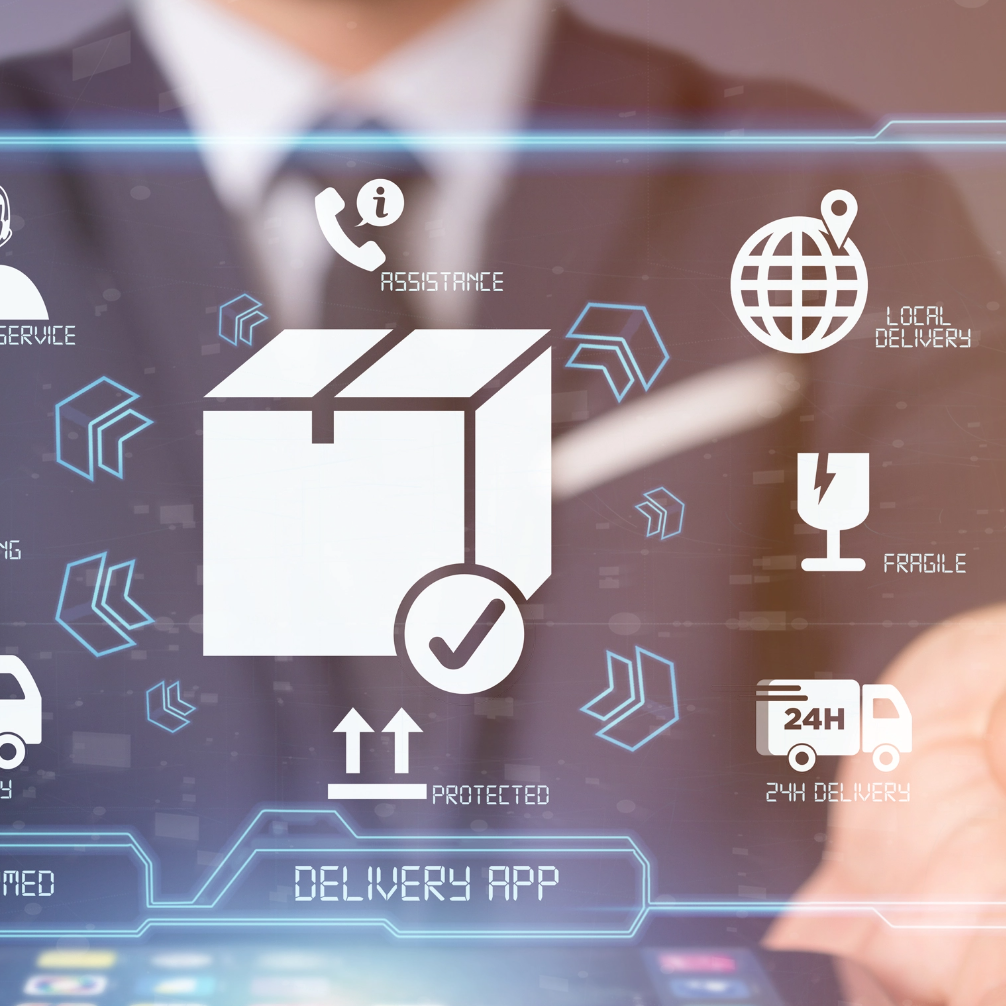# Ineco
Impulsa
Last Mile

The future of home delivery
The growing number of home deliveries, derived from the eCommerce boom, which has increased by more than 200% in the last 7 years, together with the traditional supply to stores, are having a greater impact than ever on the quality of life of citizens, the environment and the economy.
Logistics operations are therefore co-responsible for the increase in the daily intensity of vehicles on our roads, greenhouse gas emissions, noise, as well as the misuse and disjunctive distribution of public space.
According to data provided by the Alliance for Logistics Innovation through Collaboration in Europe
more than 15%
urban good transport contributes to the traffic in our cities
is responsible for 25%
of CO2 emissions, 30% of NOx and 50% of particulate matter emitted into the atmosphere in our cities.
The culture of "hyperservice"
This study shows that more shipments are increasingly demanded, with shorter delivery times, where the possibility of tracking the package is available and all this with lower shipping costs, in a context in which More than 30% of the transactions associated with electronic commerce are associated with physical deliveries.
The high degree of demand from consumers, the ease of return processes, as well as the perception generated of "free shipping", has increased the volume of returns. An increase of 3.4% globally in the volume of returns and 1.7% in Europe is expected from 2017 to 2025.


Urban logistics challenges
This report goes into more detail and concludes that meeting these challenges and minimising the impacts they produce requires changes in the current operating model to make it sustainable in the long term, not only from an economic point of view, but also from an environmental and social point of view.
Digitalisation, which makes it possible to optimise existing loading and unloading infrastructure in cities or the evolution of information and communication technologies and Big Data, which make it possible to capture large amounts of data in cities that can be used for the analysis and improvement of logistics processes and the use of space in cities. Also, the implementation of urban micro hubs for storage and distribution that make it possible to bring goods closer to the consignee, are some of the key solutions for the transformation of urban goods distribution.
LAST MILE









